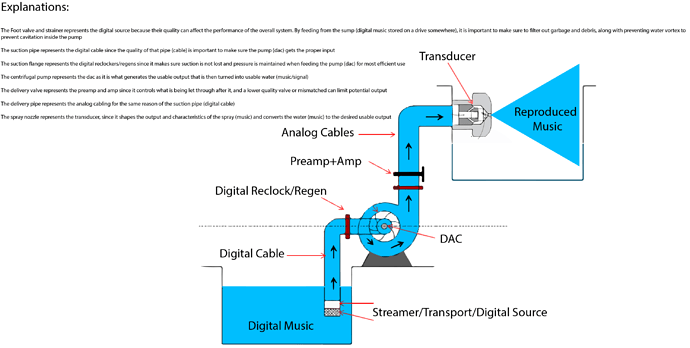The last year has been quite the revelation for me that made me a believer in server/streamers. I think it also helped that a few of us were going through the same journey. I originally thought it was just a stupid big box that would be pretty and store or stream my music, a glorified computer. Boy, was I wrong.
My first experiment came when I used a DAP to “just get off of the laptop.” That was already an immediate improvement. I knew the DAP wasn’t a good choice, but merely reducing the noise coming from the laptop was enough to make me notice.
My next step was to get my first legitimate server which was the Aurender N100H. I was hesitant because it only came in USB input. Fortunately, USB input was one of my inputs on my DAC, so once I embraced using USB, I knew I made the right value buy as well. The improvement was immediate. In fact, I could notice the change with the server sooner than my DAC upgrade. It was that apparent.
Finally, to the topic at hand. After this experience, I knew streamers/servers mattered. In a digital setup, if your speakers or headphones can handle it, the front end is so important. To use a simple analogy, I think of a water garden hose, where your nozzle attachment is your speakers. Your electronics in the middle are the thickness of the hose. All of your pieces are things that potentially restrict or let water flow freely, with your server being the supply of the water. I didn’t know what performance I was holding back because I was still getting water out of the hose. Improvements in my streamer and DAC now lets that water flow freely. I get a ton of realistic and head-faking presentation and room information that I was holding back on previously.
The Antipodes combination is essentially two computers that have specialized jobs. The CX can do both, but handles the server aspect better. The EX came first and can do both, but handles the rendering job the best. When you combine both, it’s efficiently using both boxes at their peak performance.
While upgrading speakers or headphones is apparent by prioritizing sound signature, how they handle detail, timbre, etc. I think front-end electronics prioritize presentation the most. You start to get improved presentation, staging, imaging, holographicness, room information, detail, and how that detail is handled. It seemed close to impossible, but I was able to get more of that with this combination. The presentation now wraps around me a bit more. There is more depth in the presentation so now I’m in a huge bubble that envelopes about triple of my room (sort of how people describe some headphones as bubbles). Again to reiterate, this improvement was so apparent that I was able to notice it sooner than my Golden Gate improvement. I also felt the improvement was able at the same level as my Amber 3 to Golden Gate upgrade as well and I think that warrants some writing.



